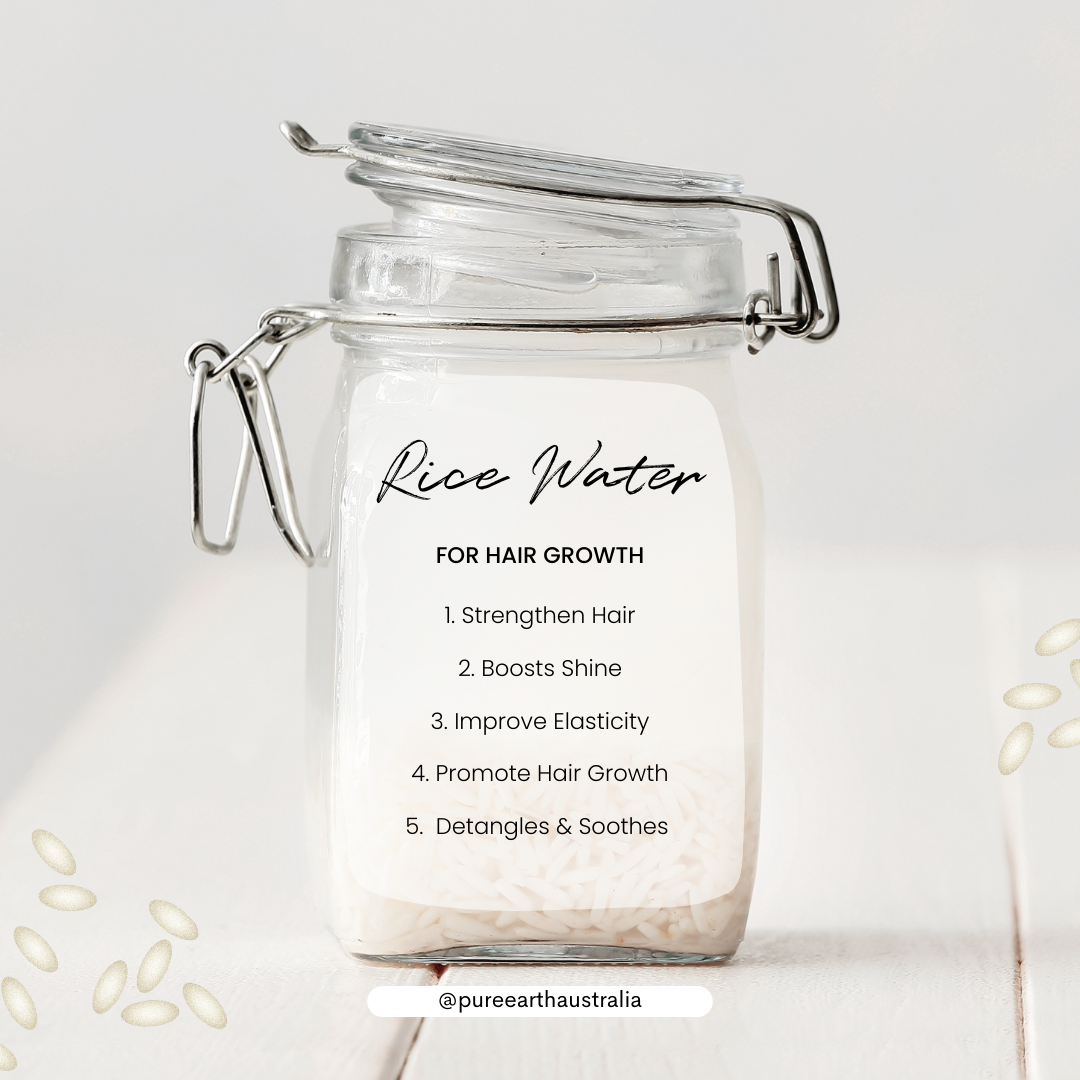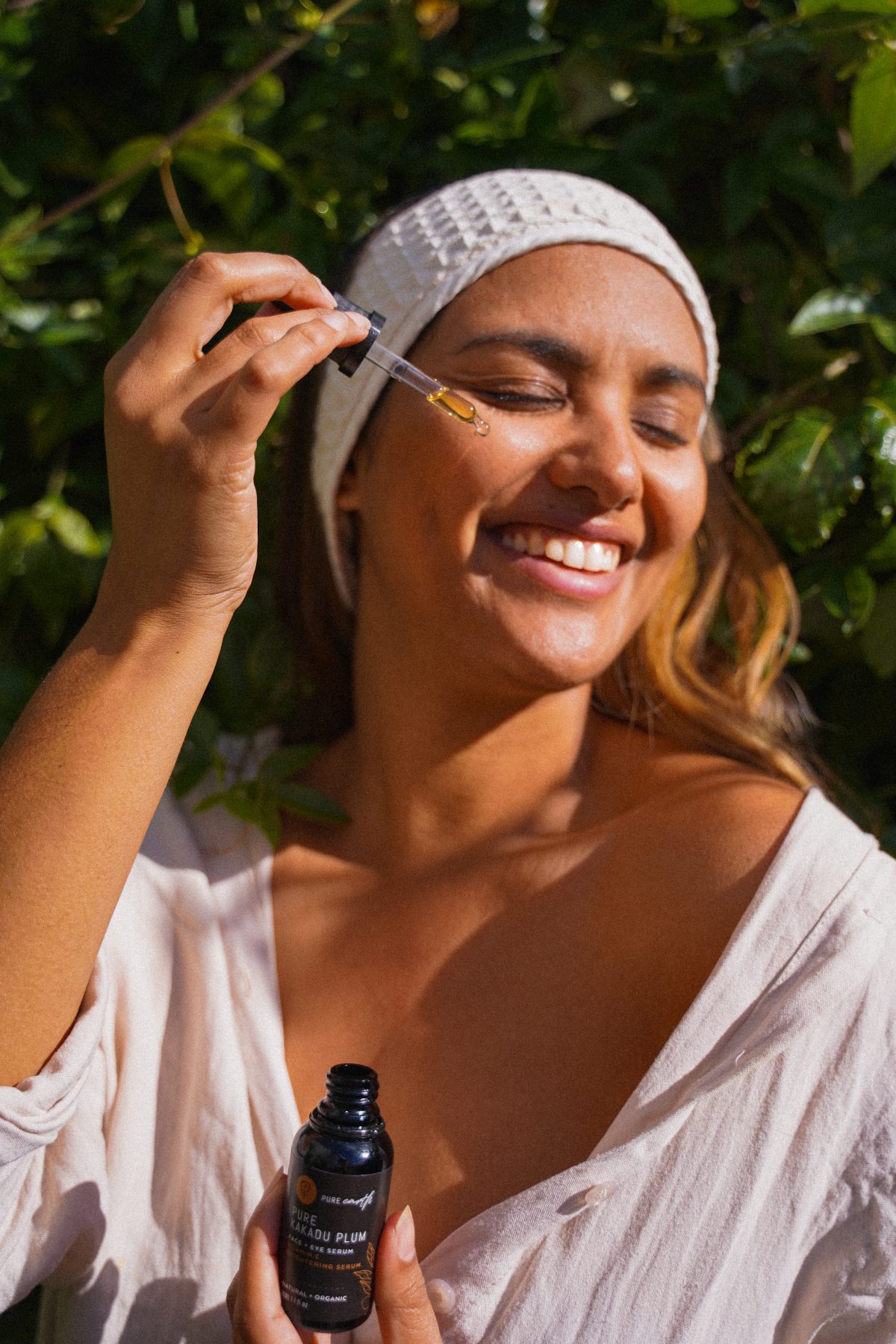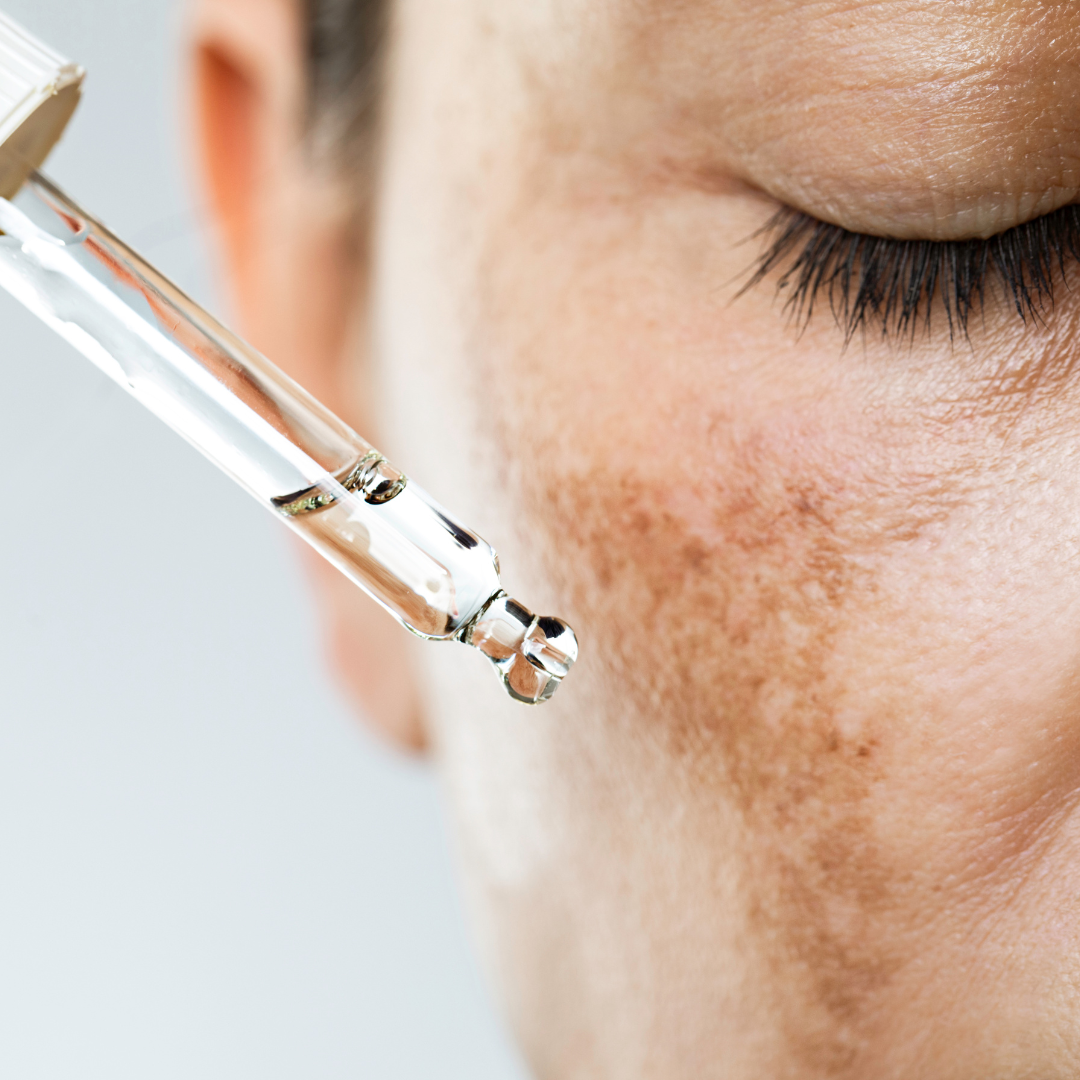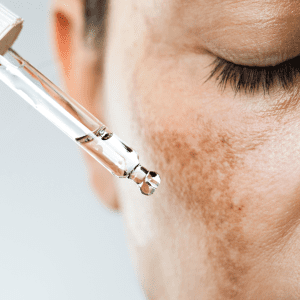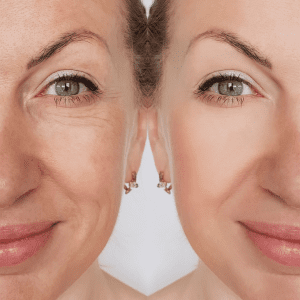
In today’s world, we’re more conscious than ever about what we eat, drink, and surround ourselves with. Yet, lurking in everyday products and even in the environment are invisible chemicals that can mess with our bodies in ways most people don’t realize.
These are endocrine disruptors — substances that interfere with the natural hormones in our bodies. But what exactly are they, how were they discovered, and how can we protect ourselves? Let’s break it down.
What Are Endocrine Disruptors?
Endocrine disruptors are chemicals that mimic, block, or interfere with hormones in the endocrine system — the network responsible for regulating growth, metabolism, reproduction, and mood through hormones like estrogen, testosterone, insulin, and thyroid hormones.
They can be:
Natural (like phytoestrogens in soy)
Synthetic (like BPA, phthalates, parabens, pesticides)
The problem? Even at low doses, they can trick your body into overproducing or underproducing hormones, leading to health problems over time.
How Were Endocrine Disruptors Discovered?
The concept of endocrine disruption emerged in the early 1990s when researchers noticed a strange pattern: wildlife populations (like fish, alligators, and birds) exposed to certain chemicals showed abnormal reproductive behaviors, such as feminized male fish or alligators with smaller penises.
A pivotal moment came with the publication of “Our Stolen Future” (1996) by Theo Colborn, Dianne Dumanoski, and John Peterson Myers. This book connected the dots between synthetic chemicals and hormone disruption, bringing the issue into the public eye and sparking more research into how industrial chemicals affect human health.
Where Are Endocrine Disruptors Used?
Unfortunately, they’re everywhere. Common sources include:
-Plastics: BPA (found in water bottles, food containers)
– Personal Care Products: Parabens & phthalates in shampoos, lotions, perfumes
-Pesticides: DDT, atrazine
-Household Products: Flame retardants, cleaning agents
-Food Packaging: Canned food linings, fast-food wrappers
-Industrial Chemicals: PCBs, dioxins
Because of their wide use, exposure can happen through eating, drinking, breathing, or skin contact.
What Are the Effects of Endocrine Disruptors?
The tricky thing about endocrine disruptors is they can act at extremely low concentrations, mimicking natural hormones and affecting sensitive biological processes.
The potential health effects include:
-Reproductive issues (infertility, early puberty, low sperm count)
-Developmental delays in children
-Increased risk of hormone-related cancers (breast, prostate)
-Thyroid dysfunction
-Obesity & metabolic disorders
-Neurological issues (cognitive impairment, ADHD)
Long-term, low-level exposure is especially concerning because these chemicals can bioaccumulate in the body and the environment.
How to Identify & Look for Endocrine Disruptors
Here are ways to spot them:
Check labels: Look for terms like BPA-free, phthalate-free, paraben-free.
Ingredients to watch for:
-BPA (bisphenol A)
-Phthalates (often hidden under “fragrance” or “parfum”)
-Parabens (methylparaben, propylparaben)
-Triclosan (in antibacterial soaps)
-PFAS/PFOA/PFOS (non-stick, stain-resistant products)
-Avoid recycling codes #3 (PVC), #6 (PS), #7 (other) — they’re more likely to contain harmful plastics.
How to Avoid Endocrine Disruptors
Simple lifestyle tweaks can drastically reduce your exposure:
Choose Glass, Stainless Steel, or Ceramic
Ditch plastic water bottles and food containers, especially when heating food. BPA and similar chemicals leach into food when plastics are heated or degraded.
Go Fragrance-Free
Many perfumes, air fresheners, and scented lotions contain phthalates under the vague term “fragrance.” Opt for fragrance-free or naturally scented products.
Eat Organic When Possible
Organic produce limits pesticide exposure. Wash fruits and veggies thoroughly if organic isn’t an option.
Avoid Non-Stick Cookware
PTFE (Teflon) coatings release endocrine-disrupting chemicals when overheated. Use cast iron, stainless steel, or ceramic alternatives.
Filter Your Water
Many pesticides and industrial chemicals can seep into drinking water. A high-quality carbon or reverse osmosis filter can help.
Minimize Canned Foods
Many cans are lined with BPA-containing materials. Opt for fresh, frozen, or glass-packaged foods.
Read Personal Care Labels
Switch to brands that are transparent about ingredients and commit to being phthalate-, paraben-, and triclosan-free.
Conclusion
While it’s nearly impossible to eliminate all endocrine disruptors, becoming more aware of their sources and making mindful product choices can reduce your risk. It’s all about small, sustainable changes that support your long-term health and the environment.
Your health is in your hands — and every step towards reducing these invisible toxins counts.






